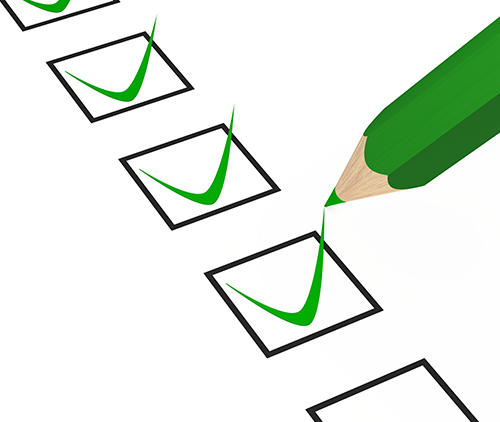Home / Family expense management
Home / Family / Personal expense management includes 5 stages:
1. Collect all expense and income transactions of the family:
- Import data from your bank using online banking or files
- Get data automatically via SMS banking
- Enter transactions using voice recognition
- Enter data manually from the home screen of your phone using widgets Learn more on widgets and how to install them
repeat this process for all means of payments you use: cash, bank account, credit cards, electronic wallets and gift cards

2. Data Improve:
- Make sure you didn't miss any transaction by checking the balance of each account
- Add more info on each transaction
- Refine categorization: Use 200 built in categories or add personal categories and sub categories learn more
- Add info on consumption - the exact period of time relevant for each transaction learn more
- Add photos of the products you bought
- Add voice memos
- Add location
- Add info on payments if relevant (split to payments, interest info, linkage info)
- Connect transactions to projects (big activities like trip we did or renovating the house) if relevant learn more
- Connect transactions to partners if relevant (for example few students sharing the same house) learn more

3. Analyze your family financial condition:
- Pie chart of expense - how much you spend on housing, transportation, health etc
- Bar graph of your income and expenses: how do they change over time
- Drill down on each category to understand the sources of expense or income
- Check the graph of accumulated balance of all your accounts and make sure you will not go into overdraft

4. Improve plan:
- Make family meetings and discussions how to improve the financial situation
- Plan budget to cut expense and increases income

5. Check results:
- Compare the budget you planned with real expenses and real income
- Check the bar chart of expense over time and verify that the expenses are getting down
- Check the bar chart of income over time and verify that you earn more money


